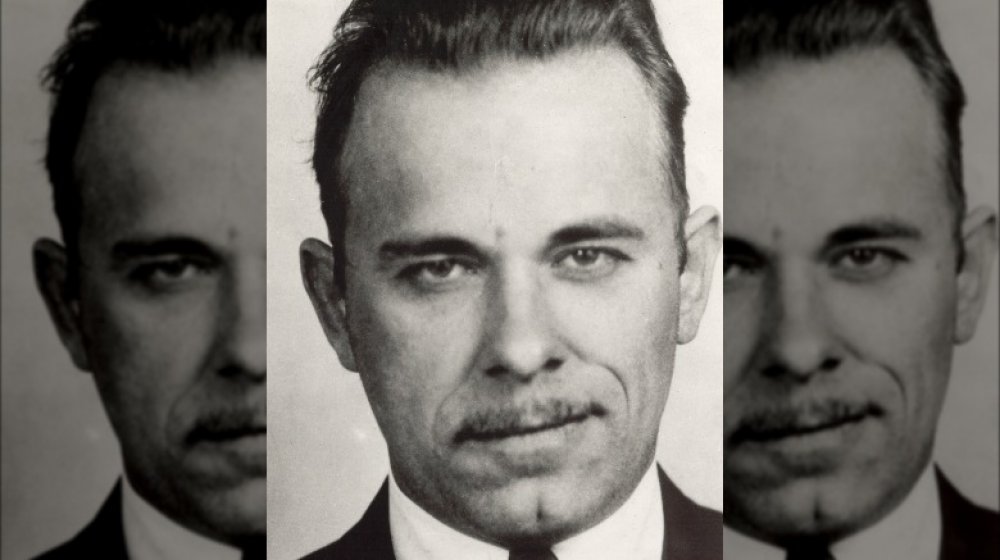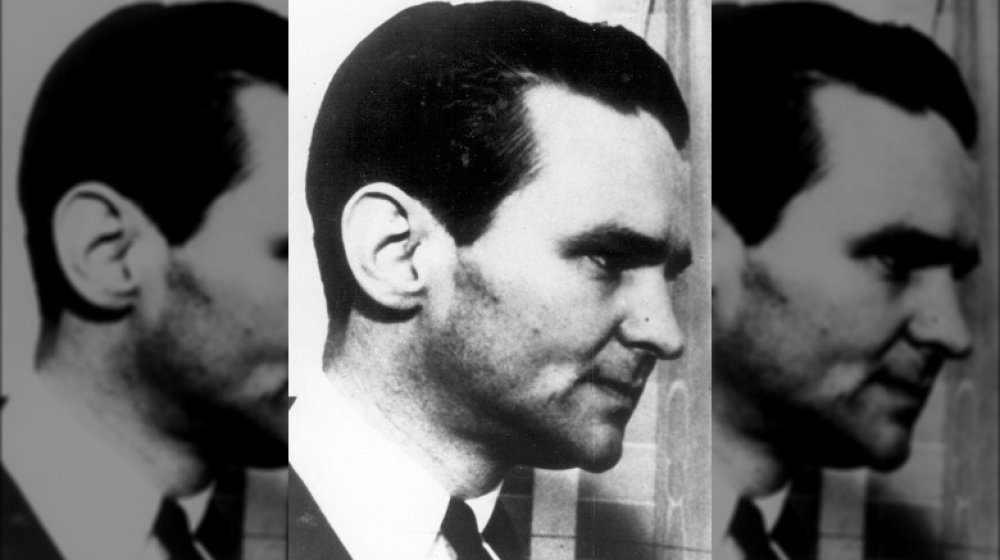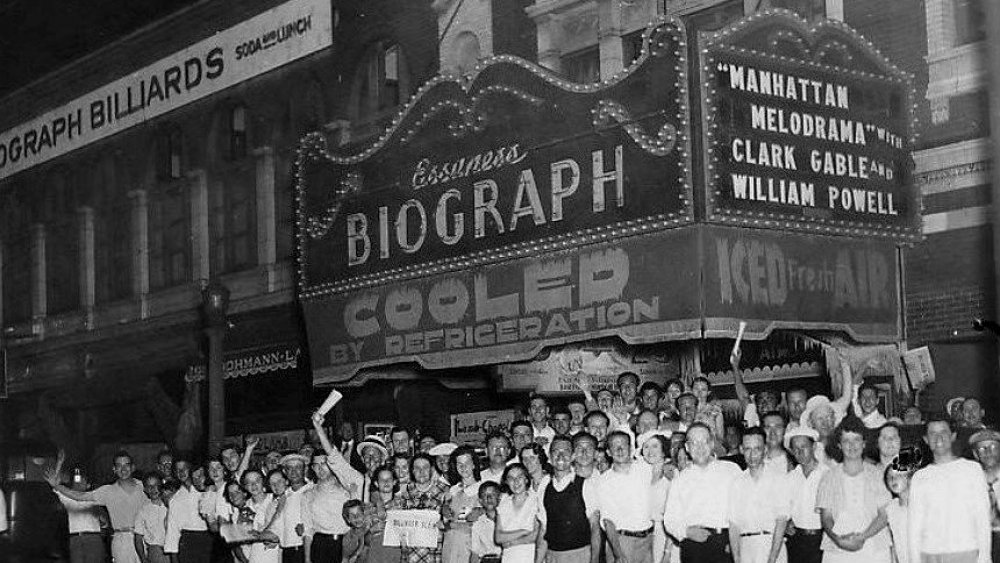The Truth Behind John Dillinger's Death
Butch Cassidy didn't die in that shootout in South America. Nossir. Came back to the U.S. of A. and lived a long and uneventful life and died in Spokane, Washington, under another name. Pat Garrett didn't actually shoot Billy the Kid, either. Nossir. They were friends and set it up so that somebody else would be in that grave in New Mexico and Billy could ride away, free as he was meant to be. Jesse James faked his death, too (though whoever shot the man who supposedly shot Jesse James did not, for all intents and purposes, get the memo). So did Jim Morrison of The Doors (and even though he was a rock star and no doubt bent a law or two, wasn't actually on any Pinkerton Most Wanted lists). And the list goes on. (Elvis. John Kennedy. Pick a number, any number.) Books have been written, and tabloids have sold many a copy, propounding all of these theories. Including that of John Dillinger.
Dillinger is one of those names that's become an archetype. Depression-era American criminal — a gangster, a bank robber. The man who was so clever he could escape police custody by carving a realistic fake gun out of a block of wood and coloring it black with shoe polish. Undergoing plastic surgery to change his looks and maybe extend his life a little longer (though there are stories that Butch did that, too, in Paris).
FBI agent Melvin Purvis was the guy on the ground
The simple facts are horrific enough. Dillinger — "Johnny" as a child, "Jackrabbit" as an adult, says Biography — is credited with at least 10 killings, 20 bank robberies, and three jail breaks, as How Stuff Works crunches the numbers. (The FBI adds that another seven people were wounded.) He was remarkably good at being a violent criminal, even to the point of sending postcards to J. Edgar Hoover, director of the Federal Bureau of Investigation, mocking law enforcement efforts. Hoover repaid the favor by declaring Dillinger Public Enemy Number 1 — the first criminal so designated — and offering a $10,000 reward, says History Today. The agency started bearing down even harder on taking out John Dillinger, one way or another.
The agents credited with pulling that off were Melvin Purvis, head of the Chicago office of the FBI, and Samuel Cowley. Also credited was the woman who offered to help the FBI find Dillinger — Anna Cumpanas, going by the name Anna Sage. She was an immigrant from Romania and madam of a brothel in Gary, Indiana and, as such, in danger of deportation as an undesirable. She offered to set up Dillinger in return for a) cash and b) help with her deportation proceedings. Deal.
Dillinger was shot after watching "Manhattan Melodrama" at the Biograph Theater in Chicago
Purvis was the guy on the ground. On Sunday, July 24, 1934, Dillinger, accompanied by Sage/Cumpanas and Polly Hamilton, went to see Clark Gable in Manhattan Melodrama at the Biograph theater in Chicago. Agents and local police surrounded the area. The trio exited the theater around 10:30 p.m. and Purvis, keeping watch from a nearby doorway, lit a cigar as a signal. Dillinger realized what was happening and ran for an alleyway, pulling a pistol as he ran. Three agents fire five shots; three of the shots hit Dillinger, who was pronounced dead, age 31, shortly thereafter. None of the agents took credit for the killing. Hoover congratulated all of them.
As for that "Was it really Jackrabbit?" — in 2019 Dillinger descendants announced they were going to open the grave and prove (maybe) it wasn't really Johnny in that particular piece of cold, cold ground. USA Today says that the family had received a permit in June to exhume the body. In December Indy Star reported that a judge had blocked that effort, and in January 2020 Michael Thompson, a Dillinger nephew, announced the family was giving up the idea, according to Rolling Stone. Perhaps it's no surprise that the whole thing was going to be a documentary for The History Channel.
But maybe — just maybe — Dillinger ended up in Spokane ...


